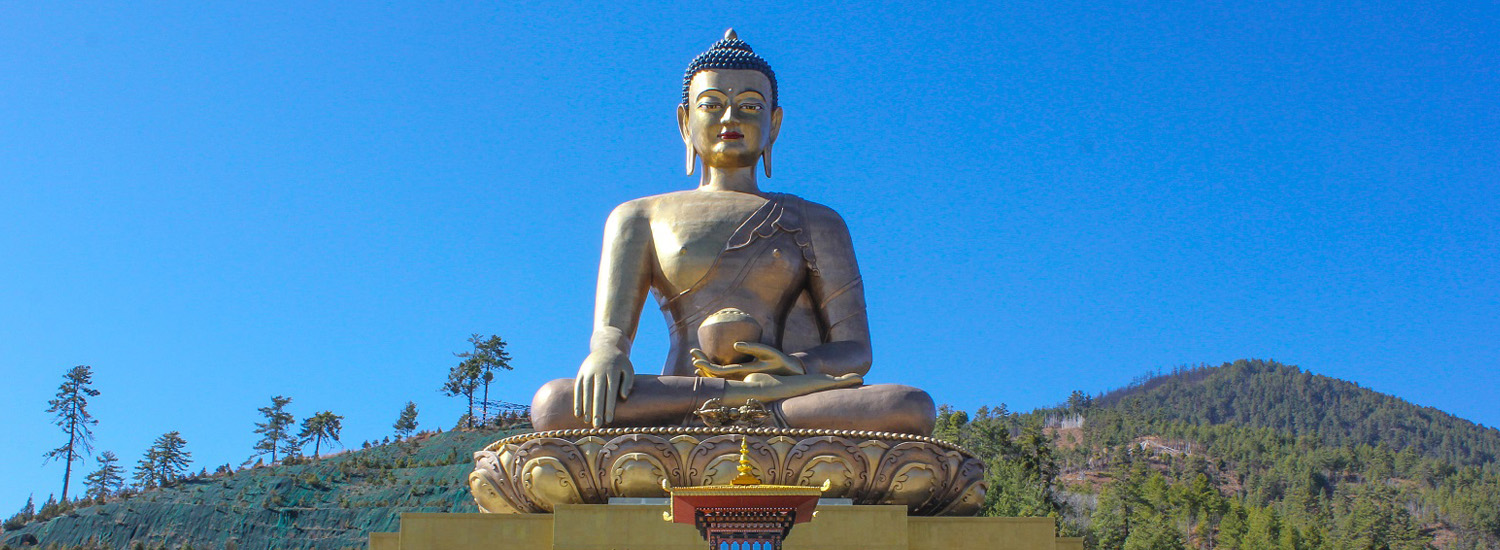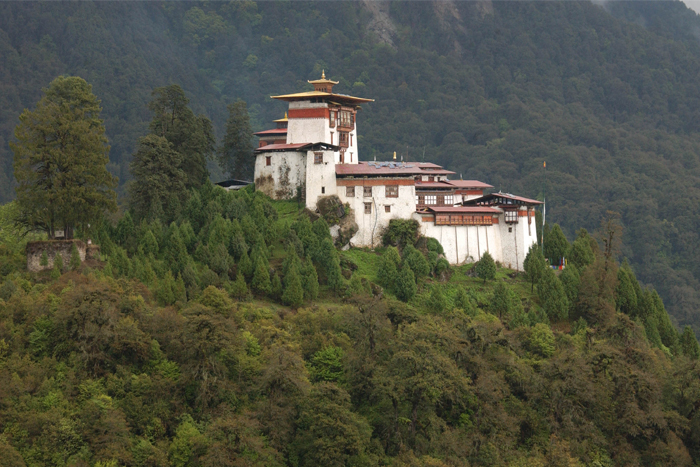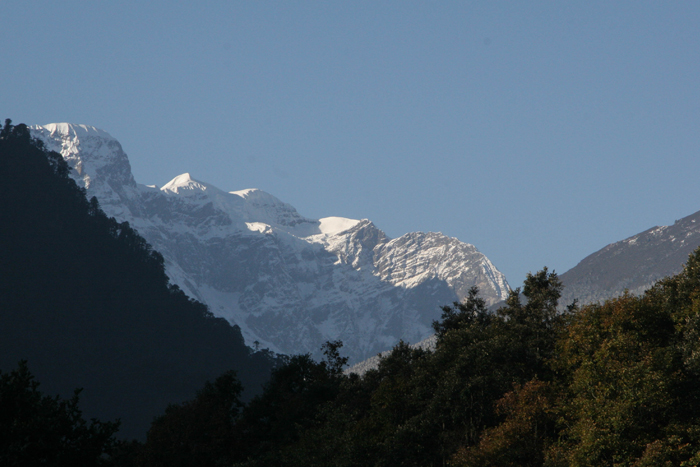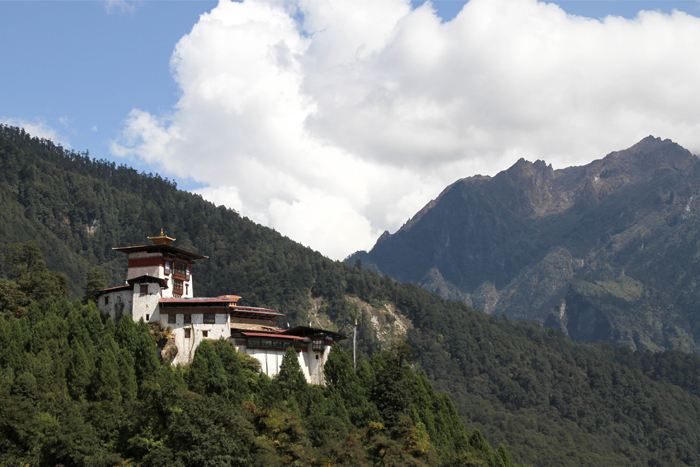Gasa
Gasa, the northernmost district of the country adjoins the districts of Punakha, Thimphu and Wangdue Phodrang and with Tibet to its north. This starkly beautiful region with elevations ranging from 1500 to 4,500 m experiences extremely long and cold winters and short but beautiful summers.
It has the smallest population with just about 3000 inhabitants. This region is inhabited by the Layaps; nomadic herders with a unique culture. Their main source of revenue comes from trading products made from their yaks, such as yak hair textiles, cheese, butter and yak meat. They also harvest and sell Cordyceps, (a fungus of extremely high value that is frequently used in oriental medicine). The majority of the known herds of wild Takin also occur in Gasa.
Gasa has become a tourist destination because of its pristine forests and the exceptionally scenic location of its Dzong. A narrow road from Punakha, which is mostly unpaved, reaches up to the Dzong and is now being extended up to Laya. Gasa Dzong was built by Zhabdrung in 1646 to commemorate the victories over the Tibetans and it later defended the country against several invasions in the 17th and 18th century.
Gasa is famously known for its inhabitants, the Layaps, and for the Snowman Trek - one of the most challenging treks in the Himalayas. The newly established festival called the Royal Highlander Festival is becoming more popular each year. Attending this festival allows you to see the real feature of this remote Dzongkhag and should not be missed by travellers. Gasa is also famous for its healing hot springs, located around 2hrs walk at the bottom of the ridge. The hot spring is popular amongst Bhutanese all over the country during the winter.





